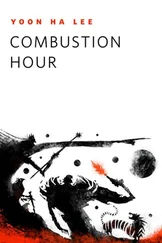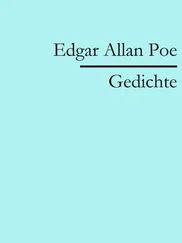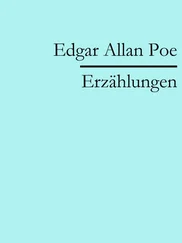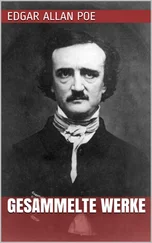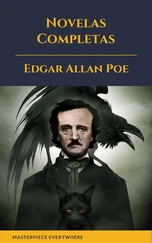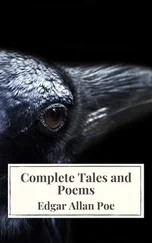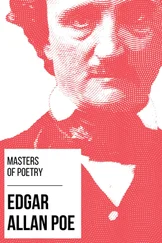Comment: One limitation of the dual Wiebe function approach for compression ignition is that it is difficult to represent multiple pilot and post fuel injections. For each additional injection, an additional Wiebe function, with specific experimentally determined parameters, is required.
Diesel energy release profile for Example 2.7. 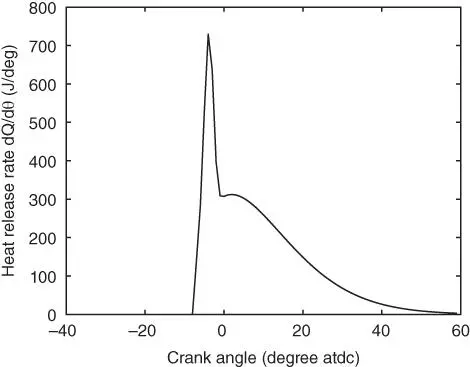
1 Ghojel, J. (2010), “Review of the Development and Applications of the Wiebe Function,” Int. J. Eng. Res., Vol. 11, pp. 297–312.
2 Foster, D. (1985) “An Overview of Zero‐Dimensional Thermodynamic Models for IC Engine Data Analysis,” SAE Technical Paper 852070.
3 Heywood, J. B. (2018), Internal Combustion Engine Fundamentals, McGraw‐Hill, New York.
4 Miller, R. H. (1947), “Supercharging and Internal Cooling Cycle for High Output,” ASME Transactions, Vol. 69, pp. 453–464.
5 Miyamoto, N., T. Chikahisa, T. Murayama, and R. Sawyer (1985), “Description and Analysis of Diesel Engine Rate of Combustion and Performance Using Wiebe's Functions,” SAE Technical Paper 850107.
6 Takita, Y., S. Kono, and A. Naoi (2011), “Study of Methods to Enhance Energy Utilization Efficiency of Micro Combined Heat and Power Units,” SAE Technical Paper 2011‐32‐0574.
1 2.1 The compression ratio of an ideal gas Otto cycle is . At the beginning of compression the pressure is 100 kPa and temperature is 300 K. The bore and stroke are both 0.085 m, and engine speed is 2000 rpm. The energy input to the working fluid is = 800 kJ/. Determine the temperature and pressure at each point in the cycle, the indicated work , the thermal efficiency , the indicated power , and the imep.
2 2.2 A throttled single cylinder spark‐ignition engine contains kg of fuel with a heat of combustion, , of 45,000 kJ/kg. The volume at top dead center of the cylinder is , and the volume at bottom dead center is . The air–fuel ratio is 16:1, and the mixture temperature at the start of compression is 300 K. The engine speed is 1500 rpm. Modeling the compression and combustion as an ideal gas ( kJ/kg‐K) Otto cycle, (a) What is the pressure at the start of compression? (b) what is the maximum temperature and pressure ? (c) What is the thermal efficiency and the indicated power ?
3 2.3 An engine is to be modeled with an Otto gas cycle. The engine has a compression ratio , inlet temperature = 298 K, and inlet pressure = 75 kPa. The air–fuel ratio AF = 15:1, the heat of combustion of the fuel is 47,900 kJ/kg, the gas constant of the fuel–air mixture is 0.29 kJ/kg‐K, and = 1.26. Using an ideal gas cycle model, what is the engine's maximum temperature and pressure, thermal efficiency, and imep?
4 2.4 The Lenoir air cycle is composed of three processes: 1‐2 constant volume heat addition, 2‐3 isentropic expansion, and 3‐1 constant pressure heat rejection. This cycle is named after Jean Lenoir (1822–1900), a Belgian engineer who developed an internal combustion engine in 1858. It is a cycle in which combustion occurs without compression of the mixture. The volume ratio of the exhaust stroke is . (a) Draw the Lenoir cycle on and diagrams, (b) Assuming the working fluid is an ideal gas with constant properties, derive an expression for the thermal efficiency of the Lenoir air cycle in terms of and , and (c) Compare the Lenoir cycle thermal efficiency to the Otto cycle efficiency for inlet conditions at standard and , , = 1.4, and kJ/kg‐K.
5 2.5 Show that for the Otto cycle as , imep/ (Hint: use l'Hopital's rule).
6 2.6 The fuel–air–residual gas mixture in a cylinder is compressed from = 101 kPa and = 350 K to = 1500 kPa and = 700 K. Assuming a polytropic process = constant, what is the polytropic constant ?
7 2.7 What does the compression ratio of a Diesel cycle need to be to have the same thermal efficiency of an Otto cycle engine that has a compression ratio, ? Assume the specific heat ratio , and .
8 2.8 A Diesel cycle has a compression ratio of 20, and the heat input to the working fluid is 1600 kJ/. The Diesel cycle is unthrottled, so at the start of compression = 101 kPa and . The bore and stroke are both 0.095 m, and the engine speed = 1500 rpm. Assuming the working fluid is an ideal gas with and kJ/kg‐K, what is the maximum pressure and temperature in the cycle, the cycle thermal efficiency , indicated power , and imep?
9 2.9 A Diesel engine has a volume at bottom dead center of 1.0 L and compression ratio = 22. At the beginning of compression, the pressure is 100 kPa and temperature is 300 K. The engine is square, with equal bore and stroke. The maximum cycle temperature is 2200 K. What is the maximum pressure, the imep, the thermal efficiency, and indicated work ?
10 2.10 A engine is modeled with a limited pressure cycle. The maximum pressure is to be 8000 kPa. The compression ratio is 17:1, the inlet conditions are 101 kPa and 320 K, and the nondimensional energy input . Find the thermal efficiency and the values of and , assuming = 1.3.
11 2.11 For Otto and Miller cycles that have equal compression ratios (), what are the respective thermal efficiencies and nondimensional imeps? Assume that the parameter, is equal to 1.5 for the Miller cycle, the specific heat ratio , and .
12 2.12 Develop a complete expansion cycle model in which the expansion stroke continues until the pressure is atmospheric. Derive an expression for the efficiency in terms of , , and .
13 2.13 Using the program FourStrokeOtto.m, determine the effect of the compression ratio on the residual fraction and the thermal efficiency for compression ratios 5, 8,10, 12, and 15. Assume the following conditions: K, and kJ/.
14 2.14 Using the program FourStrokeOtto.m, plot the effect of inlet throttling from 100 kPa to 25 kPa on the peak pressure, , and the volumetric efficiency . Assume the following conditions: K, and kJ/.
15 2.15 Develop a four‐stroke Diesel cycle model by modifying the FourStrokeOtto.m program. Compute the residual fraction, net thermal efficiency and the net imep for an engine with K, , and kJ/. What is the residual fraction , the thermal efficiency , and the imep?
16 2.16 Using the program BurnFraction.m, and assuming that , the beginning of heat addition is −10, and the duration of heat addition is 40, (a) Plot the Wiebe heat release fraction curve for the following form factor values: = 2, 3, and 4. (b) At what crank angle is 0.10, 0.50, and 0.90 of the heat released?
17 2.17 A four‐cylinder unthrottled spark‐ignition engine is being designed to generate 100 kW at an engine speed of 2500 rpm. The engine is a square engine with equal bore and stroke and a compression ratio of 10:1. (a) What should the bore and stroke be? (b) Compare the results to an ideal gas Otto cycle model. Suggested procedure: use Equation 1.9 to find the required work (kJ) per cylinder per cycle and use the program FiniteHeatRelease.m to find the nondimensional work . Assume = 20, the start of energy release is −15 atdc, the combustion duration is 40, , , and . Finally, solve for the cylinder volume , and then solve for the bore/stroke.
18 2.18 Using the program FiniteHeatRelease.m, determine the effect of the energy release duration on the nondimensional indicated work , peak pressure , mean effective pressure imep/, and thermal efficiency for an engine with a compression ratio = 9, for energy release durations of 5, 10, 20, 30, and 40. Assume that the dimensionless energy input , the pressure at the beginning of compression is 101 kPa, the start of energy release remains constant at −10 atdc, and the values of the other energy release parameters needed are given in Example 2.5. Discuss the general trends, and the effect of energy release during the compression stroke.
Читать дальше


